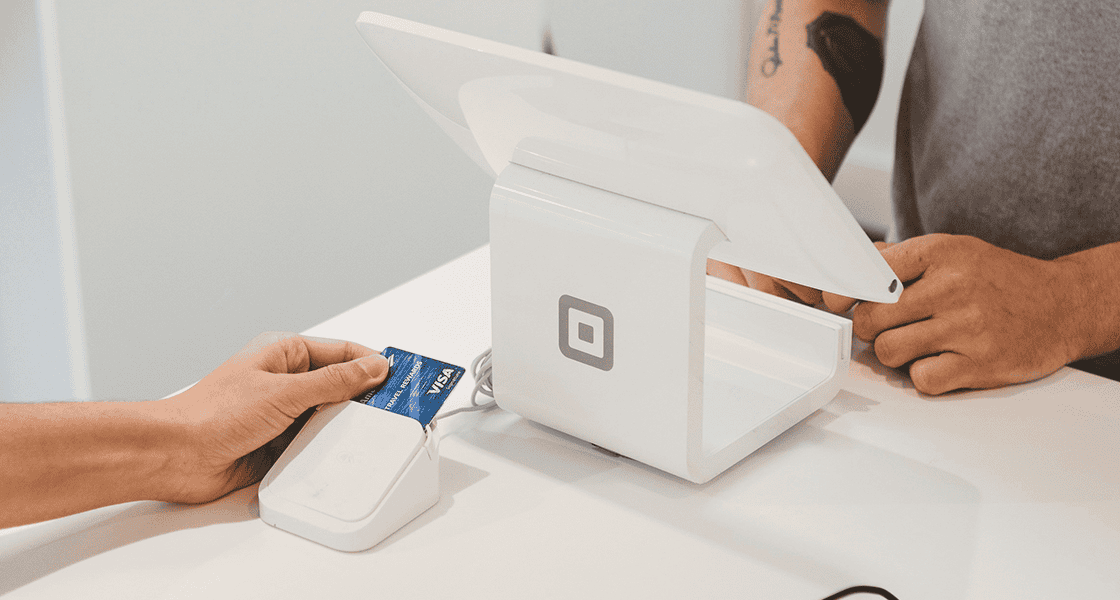Retail & Distribution
Music is playing to sell
7 July 2016
Mozart or AC/DC? We don’t just play any old music in-store! Finding the right musical atmosphere for each store seems to be an exact science. A science however that gives results.
If smells are essential to creating the perfect mood in-store, so is the musical atmosphere. It’s hard to imagine a large store or clothing boutique without background music. However, selecting the right sound isn’t that easy. Everything for the seller lies within this equation: finding music that customers like, that makes them want to stay, that corresponds with the brand’s image and that doesn’t stray too far from the store mood and the products on offer.
Does playing the right music have a positive impact though? Customers will never say if they like the music. Although consumers don’t really express their tastes in-store, the staff do quite the opposite however. Employees are exposed to the store’s musical atmosphere all day and share their opinions more openly. This is a key indicator as to how effective the music choices are.
Music is encouraging and influences purchasing
Another indicator is the time spent on the sales floor. Consumers stay on average 20 minutes longer in a store playing music. But for the biggest impact, stores must adapt their playlists to certain times.
When there are few customers, music should be calm to help encourage retailers and customers to talk, to help selling in a calm way. However, during the sales for example, there should be more lively music. We have noticed that this speeds up the decision to purchase and that the consumer makes it more independently.
Musical crowdsourcing in-store, a new marketing trend
So music really does influence buying in-store. Some brands even use it as a marketing tool. This is the case with Starbucks. Associated with the music streaming platform Spotify, the franchise has recently invited its customers to choose the songs that play in their coffee shops. In other words – musical crowdsourcing. This allows a brand to get to know its customers’ preferences to then modify its choices. But customers shouldn’t be allowed to select music for an entire store. This may disrupt the overall atmosphere and change the image of the brand. It’s better to set out a specific, well-marketed zone – a relaxation area for example – where consumers choose the music.


